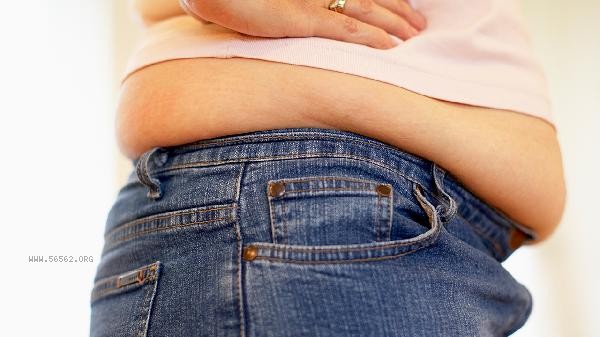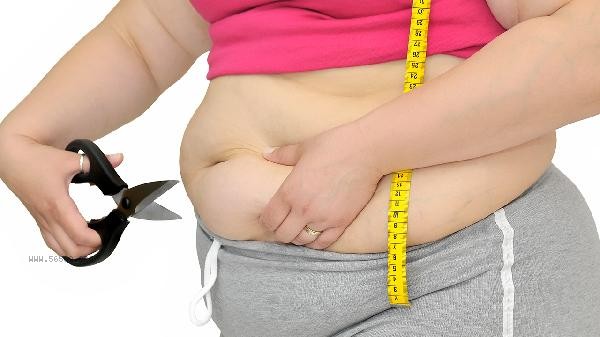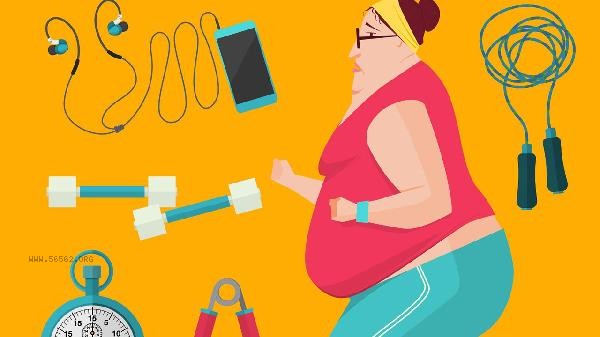A male waist circumference exceeding 90 centimeters and a female waist circumference exceeding 85 centimeters can be classified as abdominal obesity. The diagnostic criteria for abdominal obesity are mainly based on waist circumference measurements, which are closely related to visceral fat accumulation and may increase the risk of metabolic syndrome, cardiovascular disease, and other conditions. The core characteristic of abdominal obesity is excessive waist circumference, which reflects excessive accumulation of visceral fat. When the waist circumference of males exceeds 90 centimeters, the visceral fat area usually reaches a critical value, while for females, the standard is relaxed to 85 centimeters due to physiological structural differences. When measuring, stand up and use a soft tape to wrap around the abdomen at the level of the navel, and take the end of breath reading. This standard is applicable to Chinese adults, with slight differences in indicators between European and American countries. Inflammatory factors secreted by visceral fat will interfere with insulin signal transduction, increase the probability of diabetes, and compress visceral organs to affect function.

A small number of special populations need to be comprehensively judged based on body fat percentage. Athletes or fitness enthusiasts may have excessive waist circumference due to muscular development, but their body fat percentage is normal; Some middle-aged and elderly women may experience height reduction due to osteoporosis, and their waist circumference may be overestimated. This standard does not apply to pathological conditions such as pregnancy, ascites patients, and giant tumors. During clinical diagnosis, auxiliary data such as waist hip ratio and CT scan visceral fat area should also be referred to. To control abdominal obesity, it is necessary to reduce refined carbohydrates intake, choose whole grains instead of white rice and flour, increase the proportion of dark vegetables and high-quality protein. Engage in aerobic exercise combined with resistance training for at least 150 minutes per week, with priority given to activities such as swimming and cycling that have low joint pressure. Avoid prolonged sitting, get up and move around every hour, and sleep for about 7 hours. Regularly monitor changes in waist circumference, and if it continues to exceed the standard, it is recommended to seek medical attention to evaluate metabolic indicators.










Comments (0)
Leave a Comment
No comments yet
Be the first to share your thoughts!